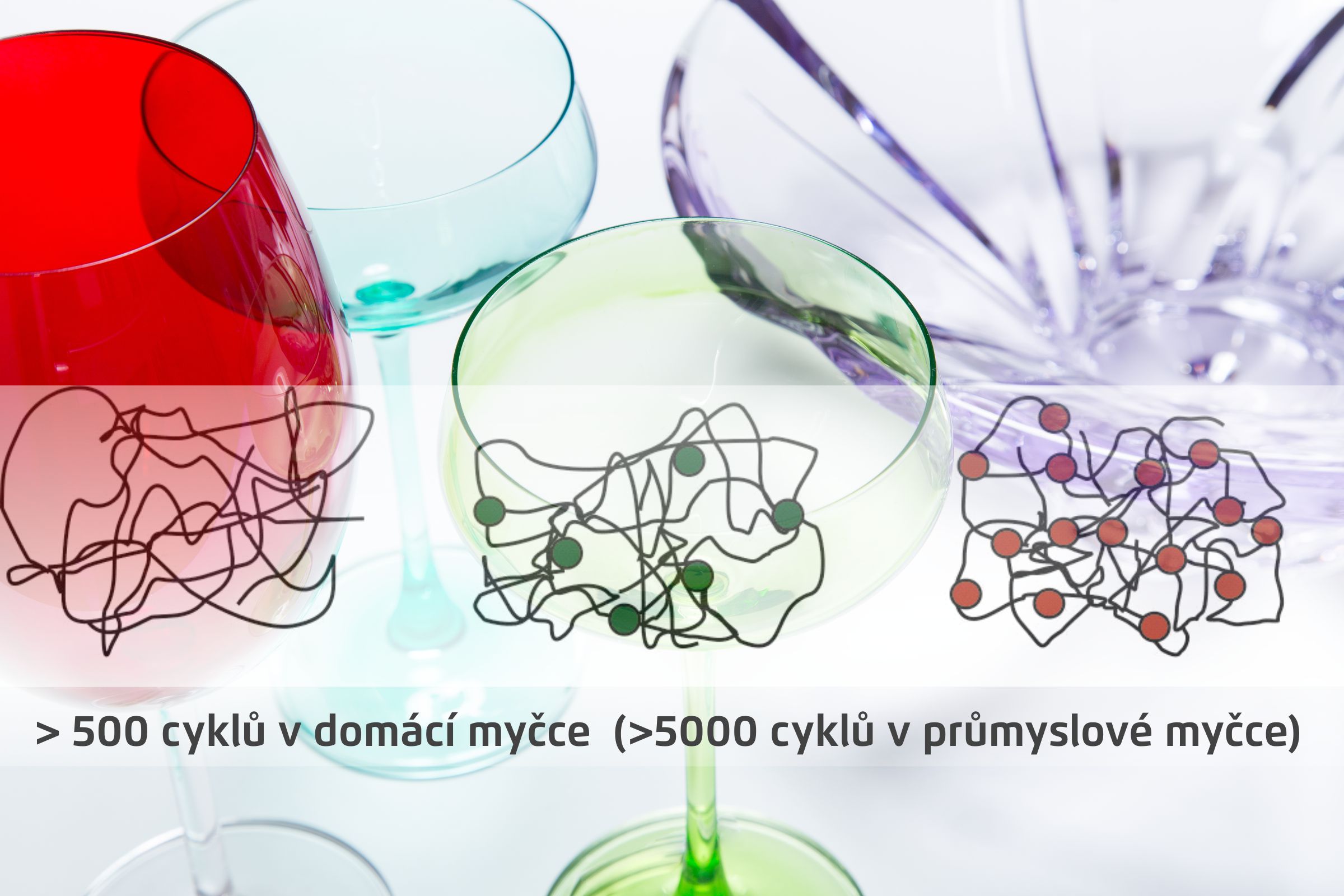
In Part 1, we said that crosslinking is the key to maximum durability in organic paints. And to get the crosslinking right, you need to set the appropriate firing (or drying) curve.
So today we'll tell you how to do it. First of all, it is important that the product is heated to the required temperature (for the HGC 8 series this is 170-200°C) for the minimum time specified (see Part 1). Let's also be clear that the indication on the display of the oven (or dryer) does not show the temperature to which the glass has been heated, but only the temperature at the location of the sensor.
The easiest way to know the temperature to which the glass has been heated is to use self-adhesive heat lamps.
.jpg)
Simply stick the bulb to the place where you want to check the temperature. It is likely that for larger and more complicated products, we will need to apply multiple heat gauges to one product at a time.
In case of heating up to the given temperature, the bulb in the place indicating this value will burn and turn black (see photo).
The temperature of heating can then be read by burning the glow plugs (Tip: if the desired temperature has not been reached, you can use the product with these glow plugs again after adjusting the firing curve). The disadvantage of this method is that it does not show how long the product has been in this temperature zone.
Much more accurate data, including the firing timeline, can be recorded using a measuring, temperature data logger.
.jpg)
It is a device that records both the heating temperature and the firing time using a temperature probe attached to the product.
Data loggers often have multiple channels. We have a 4-channel Datalogger, so we can directly measure multiple points on a single product during a single firing cycle, or the temperature of products located in different areas of the furnace.
Note: in the case of both the heat meters and the temperature Datalogger, the measurements must be taken in the drying oven, which will be loaded with products as in the actual production. Often manufacturers do not use the maximum possible load in the oven, but leave gaps between the products. These facilitate air flow in the drying oven space.
We will write about how to test the finished product for sufficient cross-linking with a simple test in part 3 of the article Cross-linking, the key to durable organic paint.
If you don't have time to wait until the next Newsletter and need help with verifying the firing quality of your products immediately, call us on +420 571 612 420.
This topic is also part of the material discussed in our new seminar on glass decoration with HGC organic spray paints (AQ or ColorSpray for glaziers).
 +420 571 612 420
+420 571 612 420 gds@gds.cz
gds@gds.cz


 EN
EN
 CZ
CZ
 hu
hu
 bg
bg




 Settings
Settings